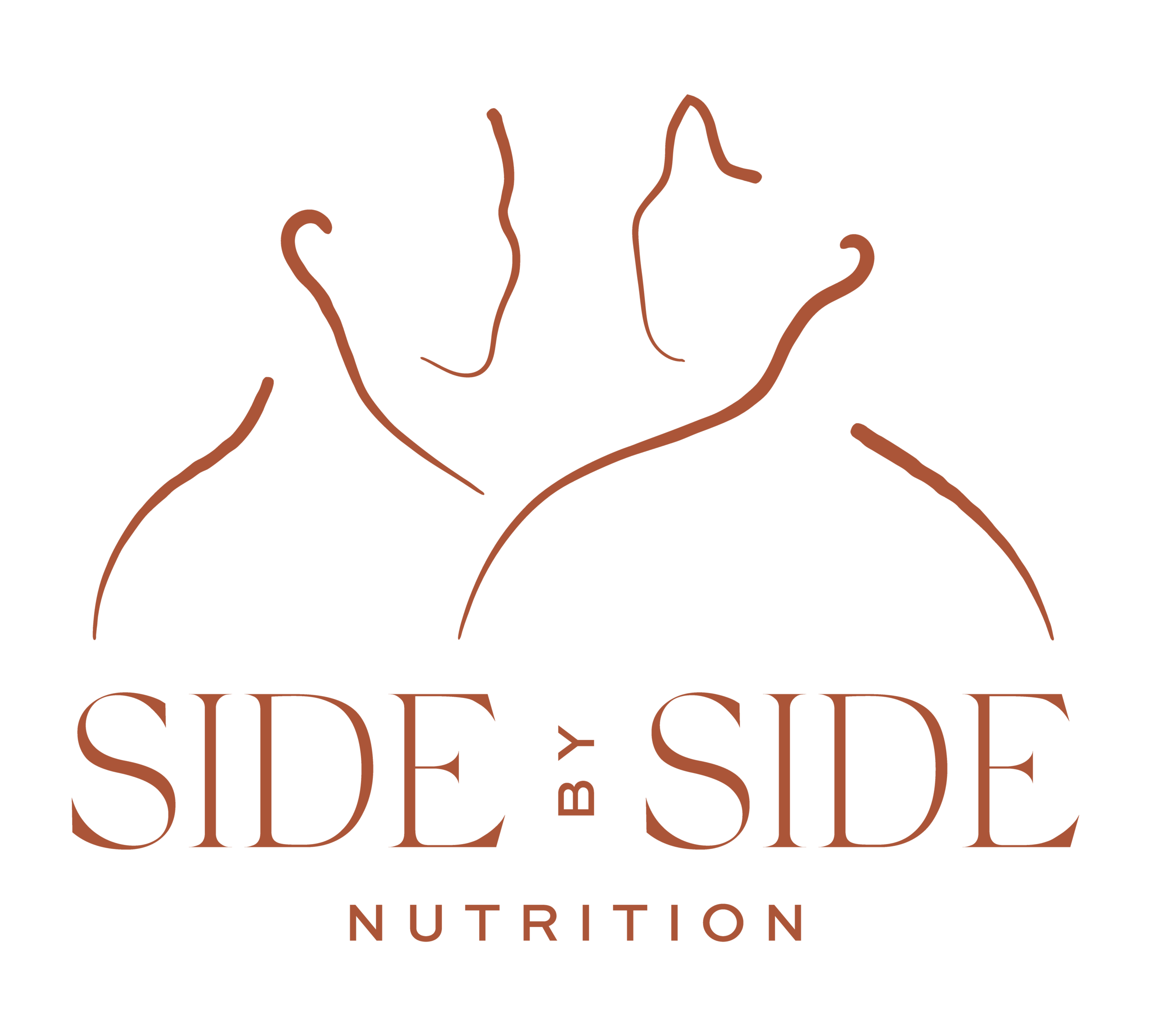What is the Difference Between Atypical Anorexia and Anorexia Nervosa
Atypical anorexia and anorexia nervosa share many similarities, with the key difference lying in their weight criteria for diagnosis. Both conditions are characterized by extreme restriction of food intake, fear of gaining weight, and distress over body image.
What is atypical anorexia?
While those with anorexia nervosa typically have significantly low body weight, those with atypical anorexia may not meet the extremely low weight criteria associated with anorexia nervosa.
What percentage of people are atypical anorexic?
Recent studies have shown that after the COVID-19 Pandemic, the incidence of eating disorders among teenagers has risen. High rates of atypical anorexia nervosa underscore the importance of healthcare providers being mindful of weight biases and stigmas when diagnosing an eating disorder. Despite anorexia nervosa being more commonly known, atypical anorexia is equally prevalent, if not more so. In fact, according to research, less than 8% of people struggling with an eating disorder are underweight. Research suggests that a significant proportion of individuals with anorexia fall into the category of atypical anorexia, though we don’t have an exact percentage.
Anorexia nervosa is its own diagnosis, while atypical anorexia falls under the Other Specified Feeding or Eating Disorder (OSFED) diagnosis in the DSM-5. OSFED is used for eating disorders that don't meet the criteria for specific disorders like anorexia nervosa or bulimia nervosa but still involve significant disordered eating behaviors and psychological distress.
It's essential to recognize that atypical anorexia acknowledges that severe struggles can exist without meeting traditional weight criteria. However, the term "atypical" still implies a deviation from the norm, perpetuating the idea that low weight defines the seriousness of the disorder. This emphasis on weight in diagnosis contributes to weight stigma, overlooks individuals who do not meet the low weight criteria, and delays treatment for many. It's crucial to adopt a more inclusive approach, considering various factors beyond weight, to ensure appropriate care for all individuals affected by eating disorders.
Signs of Atypical Anorexia:
Insufficient consumption of calories based on personal needs
Desire for thinness, apprehension regarding weight or fat
Persistent actions to avoid gaining weight (limited intake of food, excessive physical activity)
Brittle hair and nails
Compromised immune system
Gastrointestinal problems
Body weight or shape significantly impacts the individual’s self-worth
Obsessive thoughts about food and restrictive eating patterns
Anxiety about specific foods
Refraining from eating in social environments or providing excuses for not eating
People of all body weights can struggle with severe restrictive eating patterns and distorted body image. This shift in focus goes beyond just weight and embraces a deeper understanding of the complexities of disordered eating behaviors and their impact on well-being. Everyone struggling with eating disorders, regardless of their weight, deserves specialized care and support to achieve full recovery and a healthier relationship with food and body image.
While anorexia nervosa is often associated with specific low body weight, atypical anorexia presents similar challenges with disordered eating behaviors, emotional battles, and health concerns. Both conditions can profoundly affect physical health, mental wellness, and overall life quality. It's vital for anyone struggling with disordered eating to seek professional help and support as early as possible. Every individual deserves compassionate care and guidance on their journey toward healing and recovery. We're here to support you in your recovery journey.

